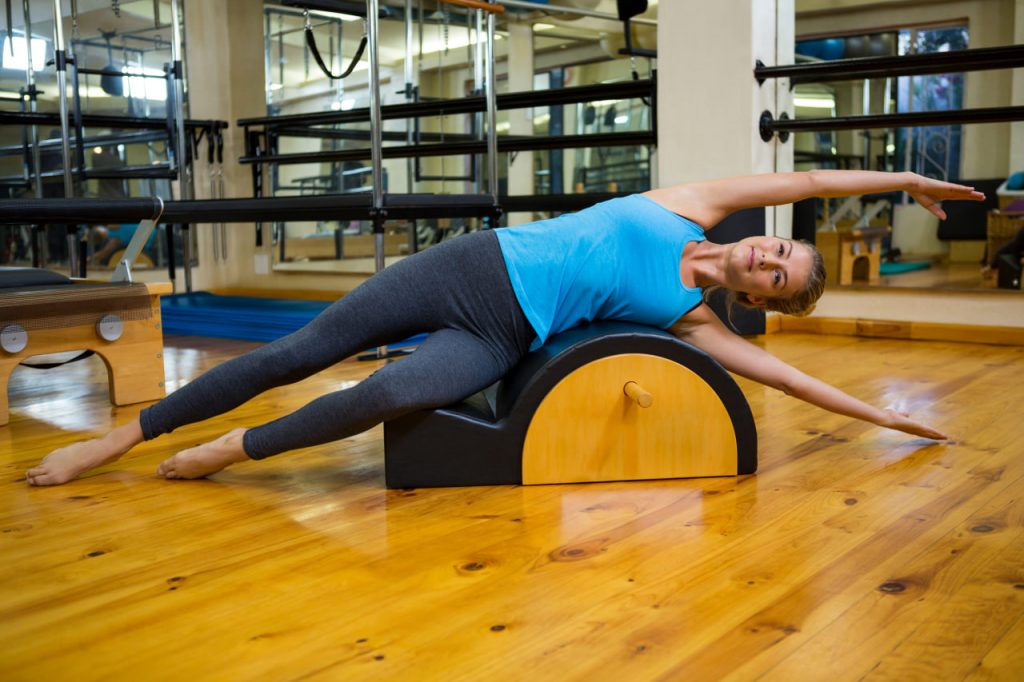Good posture is essential for maintaining a healthy body and preventing strain or injury, especially in the back. One of the key benefits of Pilates is its ability to improve posture and alleviate back pain by strengthening the muscles that support the spine. In this article, we’ll dive into how Pilates helps with posture correction and offers relief for chronic back pain.
1. The Role of Posture in Preventing Back Pain
Posture refers to the alignment of your body while sitting, standing, or moving. Poor posture, such as slouching or rounding your shoulders, places unnecessary strain on your muscles, joints, and spine. Over time, this can lead to discomfort, pain, and even long-term damage, particularly in the back.
Pilates emphasizes spinal alignment and body awareness, helping to strengthen the muscles that support proper posture. By improving posture, Pilates can help reduce the strain on your back, preventing the development of back pain and supporting long-term spinal health.
2. Pilates and Its Focus on Core Strength
A major component of Pilates is its focus on strengthening the core muscles. The core includes the muscles of the abdomen, lower back, and pelvis, which work together to support the spine and maintain a neutral position. By strengthening the core, Pilates helps promote proper spinal alignment and stability, reducing the risk of back pain.
In Pilates, exercises like “The Saw,” “The Plank,” and “The Bridge” specifically target the core muscles. These exercises not only improve strength but also increase flexibility and mobility, both of which are crucial for maintaining good posture.
3. Pilates Techniques for Alleviating Back Pain
Pilates incorporates controlled movements and stretches that help release tension in the back and improve flexibility. By performing gentle stretches and exercises designed to strengthen the back muscles and improve mobility, Pilates helps alleviate chronic back pain and prevent it from reoccurring.
For example, exercises such as the “Spine Stretch Forward” and “Pelvic Curl” can help to elongate and strengthen the spine, reducing pressure on the lower back. Pilates exercises also encourage mindful breathing, which can help reduce muscle tension and enhance relaxation.
4. Long-Term Benefits for Spine Health
Regular practice of Pilates can lead to long-term improvements in spine health. As you become more aware of your body and learn to maintain proper posture, you are less likely to experience the misalignments and muscle imbalances that can cause back pain.
Furthermore, Pilates encourages flexibility, balance, and coordination, which are all essential for maintaining a healthy spine. By addressing both strength and flexibility, Pilates offers a holistic approach to spinal health and overall well-being.
In conclusion, Pilates is an effective way to improve posture, alleviate back pain, and maintain a healthy spine. By focusing on core strength, alignment, and flexibility, Pilates offers lasting benefits for both short-term relief and long-term spinal health. If you’re dealing with chronic back pain or simply want to enhance your posture, incorporating Pilates into your fitness routine could be a game-changer.

